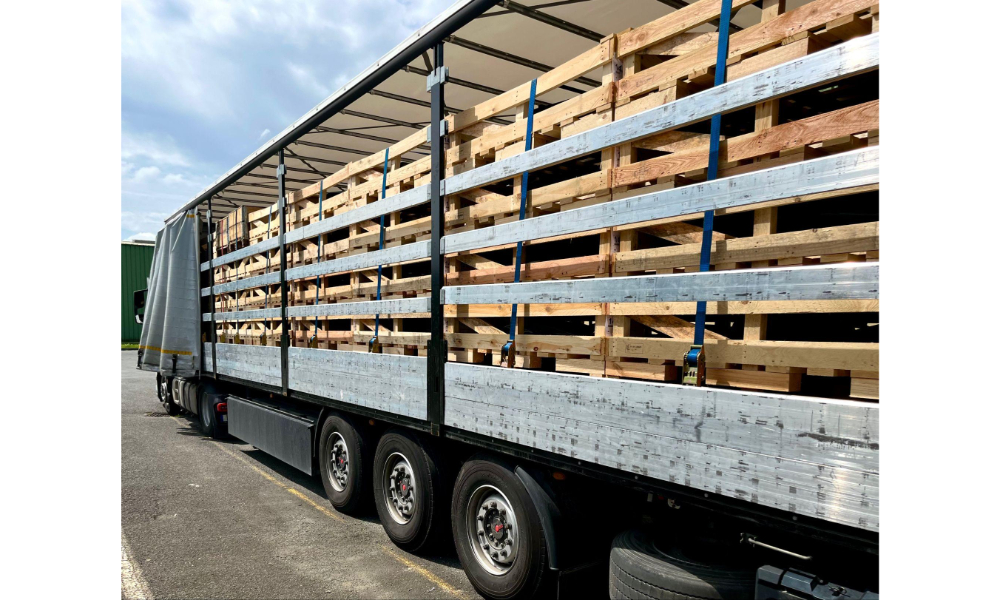If you’ve ever walked past a construction site in the middle of the city and thought, “That’s surprisingly not too noisy,” there’s a good chance sound barrier sheets are working quietly behind the scenes. These unassuming panels are quickly becoming one of the most valuable tools in modern construction, especially in a place like Singapore, where projects are often surrounded by homes, offices, and schools.
For decades, noise pollution has been one of the toughest challenges for contractors. A single complaint from a nearby resident can trigger inspections, fines, or even a temporary halt to operations. And it’s not just about regulations, excessive noise can damage a developer’s reputation and strain relationships with the local community. That’s why so many construction companies are turning to sound barrier sheets as their first line of defence.
What Makes Sound Barrier Sheets So Effective?
At first glance, sound barrier sheets might not look particularly impressive. They’re just sheets, after all. But the secret lies in what they’re made of and how they’re used.
Unlike older metal panels that simply reflected noise back into the environment, modern sound barrier sheets are made from multi-layer acoustic materials that absorb and dampen sound vibrations. This means less echo, less noise bouncing around, and a more contained sound profile overall.
They’re also lightweight and easy to handle, which is a huge advantage for construction teams that need flexibility. Workers can quickly install them on temporary fences, scaffolding, or site hoarding, and move them around as the project evolves. That adaptability matters in Singapore, where construction sites often operate in very tight spaces and need to adjust layouts frequently.
Another benefit is that these sheets are durable and weather-resistant. They hold up well under Singapore’s humid conditions and occasional heavy rain, providing consistent noise reduction throughout the project. It’s an investment that keeps paying off with every phase of construction.
A Game-Changer for Urban Construction
Urban projects are particularly sensitive when it comes to noise. The closer a site is to residential blocks, offices, or schools, the higher the chances of receiving complaints. Singapore’s National Environment Agency (NEA) has clear noise control limits that all contractors must follow. These rules set specific decibel levels depending on the time of day and the location of the site.
Sound barrier sheets play a huge role in helping construction teams meet these requirements. When used alongside smart scheduling such as carrying out the loudest activities during less sensitive hours and regular sound monitoring, they allow teams to keep noise levels below NEA limits.
More importantly, using these barriers shows the public that the developer cares about its surroundings. Instead of being viewed as a disruption, your construction site becomes an example of responsible, forward-thinking urban development.
Beyond Compliance: Building a Positive Reputation
Noise management isn’t just about avoiding fines. It’s also about building trust. In a city as densely populated as Singapore, people notice when a project goes out of its way to minimise disruption. Developers who invest in sound barrier sheets and other noise control solutions often find that they gain something more valuable than compliance, a positive reputation.
When residents and nearby businesses feel respected, they’re far less likely to lodge complaints or vent their frustrations online. Instead, they may even appreciate your team’s professionalism. This kind of goodwill can be incredibly valuable, especially when bidding for future projects or dealing with government approvals.
A well-managed, quieter site reflects a builder’s commitment to quality and community care. And that’s the kind of image every developer wants associated with their name.
Improving Worker Safety and Focus
While sound barrier sheets are often installed with the community in mind, they also make life better for the workers on site. Constant loud noise can lead to fatigue, distraction, and even long-term hearing issues. By reducing the background noise, these barriers create a calmer, more focused work environment.
When workers can communicate more easily and concentrate better, productivity naturally improves. Tasks are completed faster and with fewer mistakes. So while the main goal may be compliance and public satisfaction, the internal benefits for your crew shouldn’t be overlooked.
The Future of Low-Impact Construction
As sustainability and community awareness continue to shape the future of construction, noise reduction is becoming a key part of what makes a project “modern.” Sound barrier sheets are leading that change because they’re practical, reusable, and effective.
More companies are starting to treat noise control as a core part of their planning, not just an afterthought. This shift in mindset is helping Singapore build smarter with infrastructure that grows alongside the community instead of against it.
Soon, seeing sound barrier sheets on a site perimeter will be as normal as seeing hard hats and safety signs. They’ll be a standard feature, not just for regulatory reasons but because they make construction more efficient, safe, and community-friendly.
Final Thoughts
If you ever pass by a construction site that feels unusually calm for all the activity happening inside, remember that it’s probably not by accident. Behind the scenes, smart strategies and sound barrier sheets are doing the hard work of keeping noise in check.
They’re helping contractors stay compliant, keeping workers productive, and most importantly, maintaining peace with the surrounding community. That’s the beauty of modern construction — it’s not just about building taller and faster, but also about doing it more thoughtfully.
So the next time your team plans a new project in a busy urban area, consider sound barrier sheets as more than just a noise control measure. Think of them as a quiet investment in your project’s success, your company’s reputation, and your community’s comfort.




